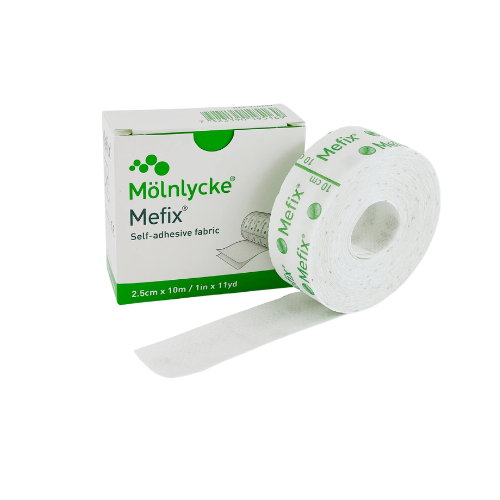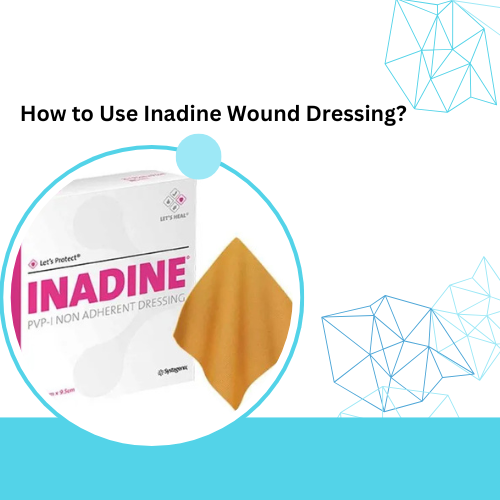A Simple Guide to Silastic Catheters
In the world of healthcare, medical devices are crucial for a variety of treatments. One important device you might hear about is the silastic catheter. If you’re wondering what this is and how it works, you’re in the right place! Let’s break it down.
What is a Silastic Catheter?
A silastic catheter is a flexible tube made from silicone, a material known for its strength and safety in medical applications. Silicone, or “silastic,” is durable and doesn’t react negatively with the body, making it a popular choice for many medical procedures.
How Long Can A Silastic Catheter Stay In?
The duration a silastic catheter can stay in place varies based on its type and the patient’s needs. Here’s a general overview:
1. Central Venous Catheters (CVCs): These can typically remain in place for several weeks to months, depending on the treatment plan and patient condition.
2. Peripherally Inserted Central Catheters (PICC lines): These can often stay in for up to 6 months or even longer with proper care and monitoring.
3. Urinary Catheters: These are usually used for shorter periods, ranging from a few days to several weeks, depending on the situation.
Proper care and regular monitoring are crucial to prevent complications, such as infections or irritation, which might necessitate earlier removal. Always consult with a healthcare provider for specific guidance based on individual circumstances.
How is It Used?
Silastic catheters are typically inserted into the body for several medical purposes. Here are a few key uses:
1. Medication Delivery: These catheters allow for direct administration of medications into the bloodstream or specific body areas.
2. Fluid Drainage: They can help remove excess fluids that build up in the body.
3. Monitoring: Some catheters are used to collect blood samples or other fluids for medical testing.
Different Types of Silastic Catheters
Silastic catheters come in various forms, each suited to specific needs:
– Central Venous Catheters (CVCs): These are inserted into large veins for long-term access, often used for chemotherapy.
– Peripherally Inserted Central Catheters (PICC lines): These start in a smaller vein and are guided toward the heart, providing a way to deliver medications over a long period.
– Urinary Catheters: These are used to drain urine from the bladder.
Benefits of Silastic Catheters
There are several advantages to using silastic catheters:
– Durability: They can stay in place for a long time without needing frequent replacement.
– Comfort: The soft silicone material makes them more comfortable for patients.
– Lower Infection Risk: When used correctly, silastic catheters tend to have a reduced risk of infection compared to other types.
Caring for Silastic Catheters
To ensure a silastic catheter works effectively and safely, proper care is essential. Here are some tips:
– Maintain Cleanliness: Follow your healthcare provider’s instructions for cleaning the catheter site.
– Monitor for Infections: Watch for signs like redness, swelling, or unusual discharge. If you notice any of these, reach out to a healthcare professional.
– Attend Follow-Up Appointments: Regular check-ups are important to monitor the catheter’s function.
Conclusion
Silastic catheters are a key component of modern medical treatments, serving various functions to improve patient care. Knowing what they are and how they work can help make their use less intimidating. If you or someone you know has a silastic catheter, be sure to follow care guidelines and communicate with healthcare providers about any concerns you may have.




